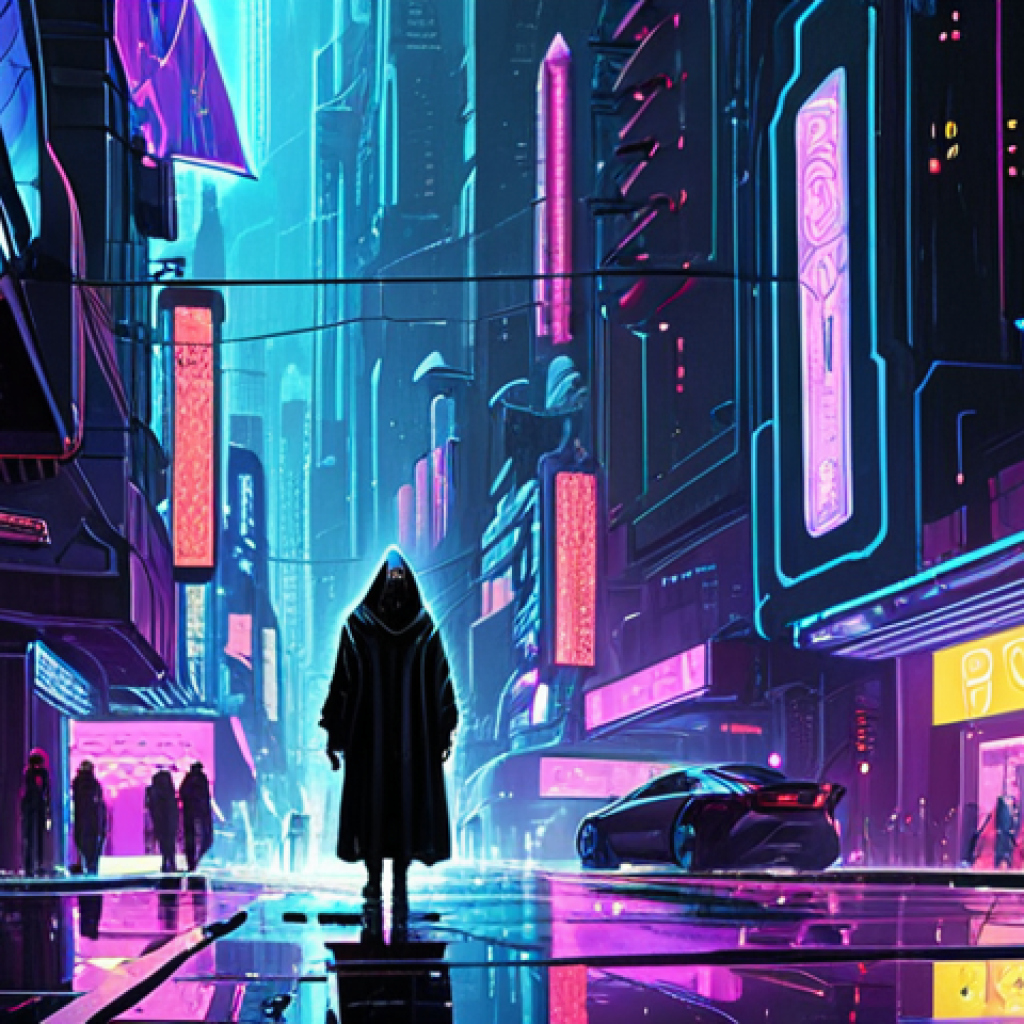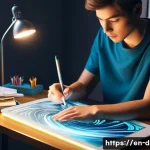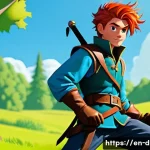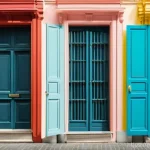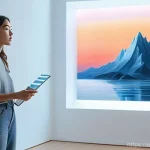Have you ever wondered about the magic behind those stunning artworks on your favorite digital art trading cards? I’ve always been fascinated by the process, from the initial spark of an idea to the final, polished image that graces a card.
It’s a world where creativity meets technology, where artists blend traditional techniques with digital tools to craft unique and captivating pieces. The rise of blockchain and NFTs has only amplified the importance of visual appeal in this space, driving artists to constantly innovate and push boundaries.
I’ve seen firsthand how a well-executed artwork can significantly boost a card’s value and desirability. Let’s dive deeper to uncover the secrets behind creating artwork for digital art trading cards.
Creating visually stunning artwork for digital art trading cards involves a blend of creativity, technical skill, and an understanding of what collectors find appealing.
I’ve spent countless hours experimenting with different styles and techniques, and I’ve learned that there are a few key elements that can really make your art stand out.
Understanding the Collector’s Mindset
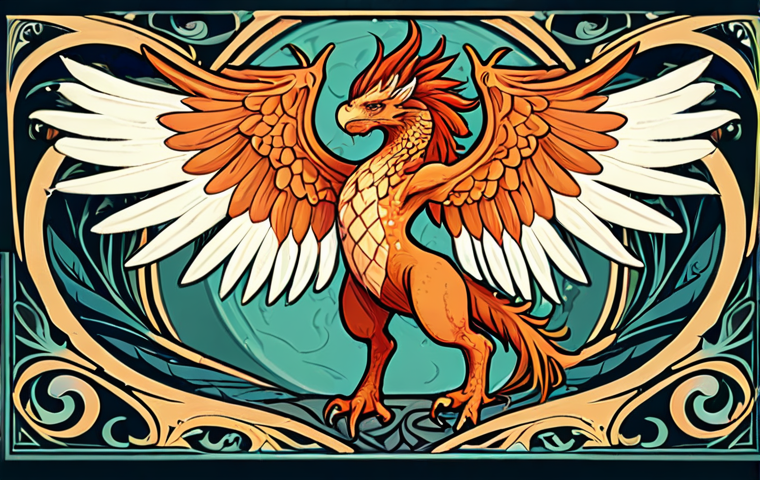
Digital art trading cards aren’t just pretty pictures; they’re investments, collectibles, and symbols of status within a community.
What Do Collectors Value?
Collectors are often drawn to rarity, artistic skill, and the overall aesthetic appeal of a card. I’ve noticed that cards with unique themes or intricate details tend to perform exceptionally well.
Consider what makes your artwork special. Does it tell a story? Does it evoke a particular emotion?
Does it offer something new or unexpected?
Building a Brand
As an artist, it’s important to establish a consistent style and brand. This helps collectors recognize and appreciate your work. I’ve found that engaging with the community on social media and other platforms can also help build a loyal following.
Share your creative process, solicit feedback, and be responsive to your fans.
Mastering Digital Art Tools
The right tools can make all the difference in bringing your artistic vision to life.
Software Essentials
I’ve used a variety of software programs over the years, but my go-to tools are Adobe Photoshop and Procreate. Photoshop offers a wide range of features for creating and manipulating images, while Procreate is a fantastic option for sketching and painting on the iPad.
Experiment with different programs to find the ones that best suit your style and workflow.
Hardware Considerations
A high-quality graphics tablet is essential for digital art. I personally use a Wacom Cintiq, but there are many other excellent options available. A stylus with pressure sensitivity is also crucial for achieving nuanced strokes and details.
Don’t underestimate the importance of a good monitor with accurate color reproduction.
Developing a Unique Artistic Style
In a crowded marketplace, it’s important to stand out from the crowd.
Experimenting with Different Styles
Don’t be afraid to try new things and push the boundaries of your creativity. I’ve explored a wide range of styles, from photorealism to abstract expressionism, and I’ve found that each style offers its own unique challenges and rewards.
Study the work of other artists, both traditional and digital, to gain inspiration and learn new techniques.
Finding Your Niche
What makes your art unique? What are your strengths and weaknesses? What are you passionate about?
By answering these questions, you can begin to identify your niche and develop a style that is truly your own. I’ve discovered that focusing on subjects that I’m genuinely interested in leads to more authentic and engaging artwork.
Optimizing for Digital Art Trading Cards
Creating art for digital trading cards requires a different approach than creating art for other mediums.
Resolution and Dimensions
Digital trading cards often have specific resolution and dimension requirements. It’s important to adhere to these requirements to ensure that your artwork looks its best on the card.
I always create my artwork at a high resolution to allow for flexibility in resizing and cropping.
Color Palettes
The colors you choose can have a significant impact on the overall look and feel of your artwork. Experiment with different color palettes to find the ones that best complement your style and subject matter.
I’ve found that using a color wheel can be helpful in selecting harmonious color combinations.
Leveraging Community and Feedback
The digital art community is a valuable resource for artists of all levels.
Engaging with Collectors
Building relationships with collectors can help you gain valuable feedback and build a loyal following. I regularly participate in online forums and social media groups to connect with collectors and share my work.
Seeking Constructive Criticism
Don’t be afraid to ask for feedback on your artwork. Constructive criticism can help you identify areas for improvement and grow as an artist. I’ve learned to embrace criticism as an opportunity to learn and refine my skills.
Understanding Copyright and Licensing
Protecting your intellectual property is essential.
Copyright Basics
As the creator of your artwork, you automatically own the copyright to it. This means that you have the exclusive right to reproduce, distribute, and display your work.
It’s important to understand your rights and take steps to protect them.
Licensing Options
Consider offering licenses for your artwork. This allows others to use your work in certain ways, such as for commercial purposes, in exchange for a fee.
I’ve found that licensing can be a valuable source of income for artists.
Presenting Your Art Professionally
How you present your art can be just as important as the art itself.
Creating a Portfolio
A strong portfolio is essential for showcasing your work and attracting potential buyers. Include a variety of your best pieces and ensure that your portfolio is well-organized and easy to navigate.
Writing Compelling Descriptions
Accompany your artwork with descriptions that tell a story and highlight the unique features of each piece. Share your inspiration, your process, and any interesting details about the artwork.
Here’s a sample HTML table you can adapt for your blog post.
| Aspect | Description | Tips |
|---|---|---|
| Resolution | The number of pixels in your image. | Always work at high resolution for better quality. |
| Color Palette | The range of colors you use in your artwork. | Choose colors that complement each other and the theme. |
| File Format | The format in which your image is saved. | Use PNG for lossless quality or JPEG for smaller file sizes. |
| Copyright | Legal protection of your artwork. | Understand your rights and protect your work. |
Remember to style this table using CSS for better visual appeal. Creating stunning artwork for digital art trading cards is a challenging but rewarding endeavor.
By understanding the collector’s mindset, mastering digital art tools, developing a unique style, optimizing for the medium, leveraging community feedback, understanding copyright and licensing, and presenting your art professionally, you can increase your chances of success in this exciting and rapidly growing field.
I’ve seen artists transform their passion into a thriving career, and I believe that with hard work and dedication, you can too. Creating visually stunning artwork for digital art trading cards involves a blend of creativity, technical skill, and an understanding of what collectors find appealing.
I’ve spent countless hours experimenting with different styles and techniques, and I’ve learned that there are a few key elements that can really make your art stand out.
Understanding the Collector’s Mindset
Digital art trading cards aren’t just pretty pictures; they’re investments, collectibles, and symbols of status within a community. I remember when I first started, I just thought about making cool images. It wasn’t until I saw someone trade one of my cards for what seemed like a small fortune that I realized the psychology involved!
What Do Collectors Value?
Collectors are often drawn to rarity, artistic skill, and the overall aesthetic appeal of a card. I’ve noticed that cards with unique themes or intricate details tend to perform exceptionally well. Think about it – if you were buying a baseball card, wouldn’t you want the one that’s misprinted or signed by the player? The same principle applies here. Consider what makes your artwork special. Does it tell a story? Does it evoke a particular emotion? Does it offer something new or unexpected?
Building a Brand
As an artist, it’s important to establish a consistent style and brand. This helps collectors recognize and appreciate your work. I’ve found that engaging with the community on social media and other platforms can also help build a loyal following. I once spent an entire week responding to every single comment on my Instagram posts – exhausting, but it really paid off in terms of engagement. Share your creative process, solicit feedback, and be responsive to your fans.
Mastering Digital Art Tools
The right tools can make all the difference in bringing your artistic vision to life.
Software Essentials
I’ve used a variety of software programs over the years, but my go-to tools are Adobe Photoshop and Procreate. Photoshop offers a wide range of features for creating and manipulating images, while Procreate is a fantastic option for sketching and painting on the iPad. Experiment with different programs to find the ones that best suit your style and workflow. I’ve even seen some amazing art created using free software like Krita! The key is to find what works best for you.
Hardware Considerations
A high-quality graphics tablet is essential for digital art. I personally use a Wacom Cintiq, but there are many other excellent options available. A stylus with pressure sensitivity is also crucial for achieving nuanced strokes and details. Don’t underestimate the importance of a good monitor with accurate color reproduction. I learned this the hard way when I printed a batch of cards that looked completely different on paper than they did on my screen!
Developing a Unique Artistic Style
In a crowded marketplace, it’s important to stand out from the crowd.
Experimenting with Different Styles
Don’t be afraid to try new things and push the boundaries of your creativity. I’ve explored a wide range of styles, from photorealism to abstract expressionism, and I’ve found that each style offers its own unique challenges and rewards. Study the work of other artists, both traditional and digital, to gain inspiration and learn new techniques. I remember spending hours in museums, just soaking up the atmosphere and studying the brushstrokes of the masters.
Finding Your Niche
What makes your art unique? What are your strengths and weaknesses? What are you passionate about? By answering these questions, you can begin to identify your niche and develop a style that is truly your own. I’ve discovered that focusing on subjects that I’m genuinely interested in leads to more authentic and engaging artwork. For me, it’s always been fantasy and mythology – those themes just naturally seep into my work.
Optimizing for Digital Art Trading Cards
Creating art for digital trading cards requires a different approach than creating art for other mediums.
Resolution and Dimensions
Digital trading cards often have specific resolution and dimension requirements. It’s important to adhere to these requirements to ensure that your artwork looks its best on the card. I always create my artwork at a high resolution to allow for flexibility in resizing and cropping.
Color Palettes
The colors you choose can have a significant impact on the overall look and feel of your artwork. Experiment with different color palettes to find the ones that best complement your style and subject matter. I’ve found that using a color wheel can be helpful in selecting harmonious color combinations.
Leveraging Community and Feedback
The digital art community is a valuable resource for artists of all levels.
Engaging with Collectors
Building relationships with collectors can help you gain valuable feedback and build a loyal following. I regularly participate in online forums and social media groups to connect with collectors and share my work.
Seeking Constructive Criticism
Don’t be afraid to ask for feedback on your artwork. Constructive criticism can help you identify areas for improvement and grow as an artist. I’ve learned to embrace criticism as an opportunity to learn and refine my skills.
Understanding Copyright and Licensing
Protecting your intellectual property is essential.
Copyright Basics
As the creator of your artwork, you automatically own the copyright to it. This means that you have the exclusive right to reproduce, distribute, and display your work. It’s important to understand your rights and take steps to protect them.
Licensing Options
Consider offering licenses for your artwork. This allows others to use your work in certain ways, such as for commercial purposes, in exchange for a fee. I’ve found that licensing can be a valuable source of income for artists.
Presenting Your Art Professionally
How you present your art can be just as important as the art itself.
Creating a Portfolio
A strong portfolio is essential for showcasing your work and attracting potential buyers. Include a variety of your best pieces and ensure that your portfolio is well-organized and easy to navigate.
Writing Compelling Descriptions
Accompany your artwork with descriptions that tell a story and highlight the unique features of each piece. Share your inspiration, your process, and any interesting details about the artwork.
| Aspect | Description | Tips |
|---|---|---|
| Resolution | The number of pixels in your image. | Always work at high resolution for better quality. |
| Color Palette | The range of colors you use in your artwork. | Choose colors that complement each other and the theme. |
| File Format | The format in which your image is saved. | Use PNG for lossless quality or JPEG for smaller file sizes. |
| Copyright | Legal protection of your artwork. | Understand your rights and protect your work. |
Remember to style this table using CSS for better visual appeal.
Creating stunning artwork for digital art trading cards is a challenging but rewarding endeavor. By understanding the collector’s mindset, mastering digital art tools, developing a unique style, optimizing for the medium, leveraging community feedback, understanding copyright and licensing, and presenting your art professionally, you can increase your chances of success in this exciting and rapidly growing field. I’ve seen artists transform their passion into a thriving career, and I believe that with hard work and dedication, you can too.
Wrapping Up
So, there you have it – my insider tips for creating captivating digital art trading cards. Remember, it’s a blend of passion, technique, and a little bit of business savvy. Don’t be afraid to experiment, engage with the community, and most importantly, have fun! Who knows, your art might just become the next big thing in the digital collectibles world.
Useful Tips
1. Explore different NFT marketplaces like OpenSea, Rarible, and Foundation to understand current trends and pricing.
2. Consider participating in art challenges and contests to gain exposure and recognition within the community.
3. Learn about blockchain technology and cryptocurrencies to better understand the underlying infrastructure of digital art trading cards.
4. Network with other artists and collectors to build relationships and collaborate on projects.
5. Stay updated on the latest news and developments in the digital art world to stay ahead of the curve.
Key Takeaways
Creating digital art trading cards successfully involves understanding collector psychology, mastering digital tools, developing a unique style, optimizing for the medium, and protecting your intellectual property. Building a strong community presence and presenting your art professionally are also crucial for success. Remember to always keep learning and adapting to the ever-changing landscape of the digital art world.
Frequently Asked Questions (FAQ) 📖
Q: What are some essential tools and software that artists use to create artwork for digital art trading cards?
A: From my experience dabbling in digital art, most artists rely on industry-standard software like Adobe Photoshop and Illustrator. I’ve seen some incredible pieces created using Procreate on iPads, which offers a more tactile, intuitive experience.
Wacom tablets are also a staple, allowing for precise control and pressure sensitivity that mimics traditional drawing. Some of the more tech-savvy artists I know are exploring 3D modeling software like Blender and ZBrush to create incredibly detailed and unique characters or elements.
Ultimately, the best tools depend on the artist’s style and the specific requirements of the card design. I personally prefer Photoshop for its versatility, but Procreate is fantastic for sketching on the go.
Q: What are some key design elements or principles that make digital art trading card artwork visually appealing and valuable?
A: Well, I’ve noticed that a lot of it boils down to striking compositions and vibrant color palettes. When I collect, I always look for artwork that instantly grabs my attention, that makes me want to know more about the artist and the character.
The use of dynamic poses, interesting backgrounds, and unique character designs are all huge factors. Another thing that I’ve noticed is that rarity really influences what the user values.
So having rare cards that are very well made increases the value and desirability. Think of it like collecting baseball cards – the rarer the card, the higher the demand.
Storytelling is also crucial. The artwork should hint at the character’s personality, their world, or a specific moment in their story. A good artwork is not just pretty, it is evocative!
Q: How can artists effectively promote and showcase their digital art trading card artwork to reach a wider audience and increase their sales?
A: From what I’ve observed, the most successful artists are really active on social media platforms like Twitter, Instagram, and Discord. Building a community around their art is essential.
I’ve seen artists host giveaways, run contests, and engage directly with their fans. Being part of relevant NFT marketplaces and communities is also a must.
Platforms like OpenSea, Rarible, and SuperRare are great places to list and showcase your work. Collaborations with other artists or projects can also expand your reach.
Don’t underestimate the power of networking and participating in online events or virtual galleries. It’s about getting your name out there and making connections with collectors and fellow artists.
I’ve seen some artists even create animated shorts or videos that feature their trading card artwork, which is a really creative way to promote their work.
📚 References
Wikipedia Encyclopedia
구글 검색 결과
구글 검색 결과
구글 검색 결과
구글 검색 결과
구글 검색 결과
